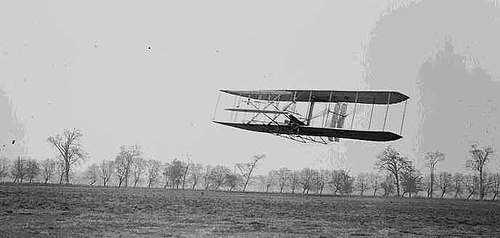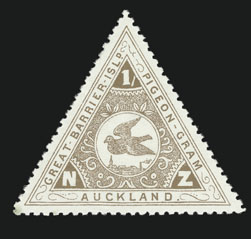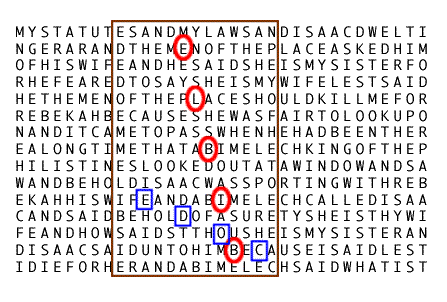In the Honduran province of Yoro, it rains fish. Each year between May and July there’s a heavy rainstorm that leaves hundreds of live fish on the ground, which local villagers cook and eat.
No one knows how this happens, but it’s been going on for more than a century. One town has even started an annual festival.



